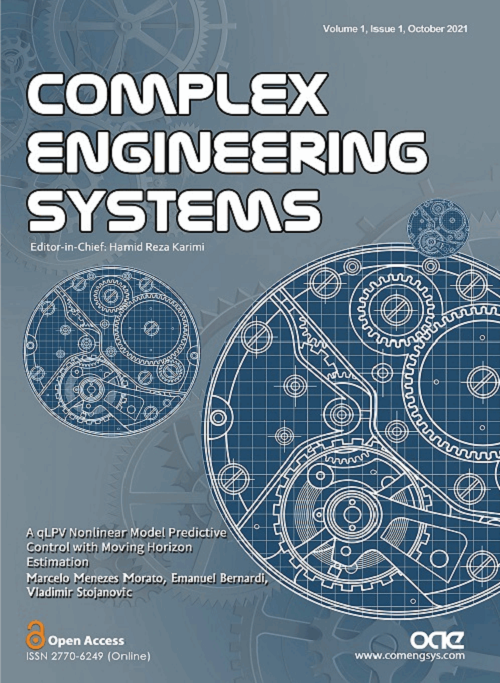Volume 1, Issue 1 (October, 2021) – 5 articles
Cover Picture: For many years, MPC was mostly seen in the process industry, regulating usually slower applications (with longer sampling periods). This was mainly due to the fact that the inherent optimization procedures were excessively costly (numerical-wise) and became impractical for real-time systems. Nonlinear MPC (NMPC) algorithms yield complex optimization procedure, with exponential growth of the numerical burden. Nevertheless, the majority of system is indeed nonlinear and, thus, literature has devoted special attention to feasible NMPC design since the 00’s. Originally, NMPC algorithms were hardly able to run in real-time, but recent research effort has focused to a great extent on ways to simplify or approximate, usually through Gauss-Newton, Lagrangian or multiple-shooting discretization approaches, the online Nonlinear Programming Problem (NP) in order to make it viable for fast, time-critical processes. Some of these faster NMPC algorithms run within the range of a few milliseconds, resorting to solver-based solutions (as in ACADO[6] or GRAMPC algorithms) or GPU-based schemes.
Parallel to these approximated methods, another research route is now expanding to address the complexity drawback of “full-blown” NMPC strategies: using quasi-/Linear Parameter Varying (qLPV/LPV) model structures to embed the nonlinear dynamics, as in, and thus facilitate the online optimization. Since LPV models retain linearity properties through the input/output channels, the optimization can be reduced to the complexity of a QP. A recent survey details the vast possibilities of issuing NMPC through LPV structures.
view this paper Parallel to these approximated methods, another research route is now expanding to address the complexity drawback of “full-blown” NMPC strategies: using quasi-/Linear Parameter Varying (qLPV/LPV) model structures to embed the nonlinear dynamics, as in, and thus facilitate the online optimization. Since LPV models retain linearity properties through the input/output channels, the optimization can be reduced to the complexity of a QP. A recent survey details the vast possibilities of issuing NMPC through LPV structures.








